Ana Maria Tomé
A general framework for multi-step ahead adaptive conformal heteroscedastic time series forecasting
Jul 28, 2022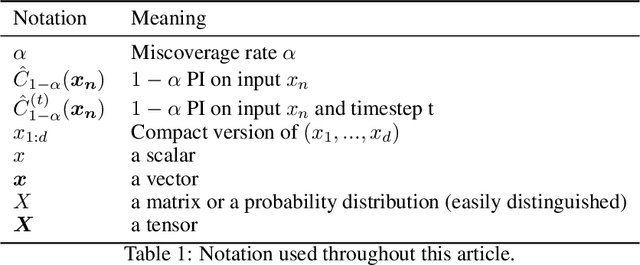


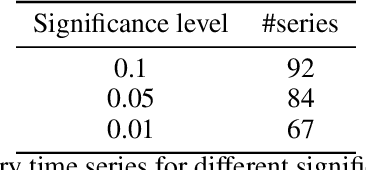
Abstract:The exponential growth of machine learning (ML) has prompted a great deal of interest in quantifying the uncertainty of each prediction for a user-defined level of confidence. Reliable uncertainty quantification is crucial and is a step towards increased trust in AI results. It becomes especially important in high-stakes decision-making, where the true output must be within the confidence set with high probability. Conformal prediction (CP) is a distribution-free uncertainty quantification framework that works for any black-box model and yields prediction intervals (PIs) that are valid under the mild assumption of exchangeability. CP-type methods are gaining popularity due to being easy to implement and computationally cheap; however, the exchangeability assumption immediately excludes time series forecasting. Although recent papers tackle covariate shift, this is not enough for the general time series forecasting problem of producing H-step ahead valid PIs. To attain such a goal, we propose a new method called AEnbMIMOCQR (Adaptive ensemble batch multiinput multi-output conformalized quantile regression), which produces asymptotic valid PIs and is appropriate for heteroscedastic time series. We compare the proposed method against state-of-the-art competitive methods in the NN5 forecasting competition dataset. All the code and data to reproduce the experiments are made available
Improved conformalized quantile regression
Jul 15, 2022
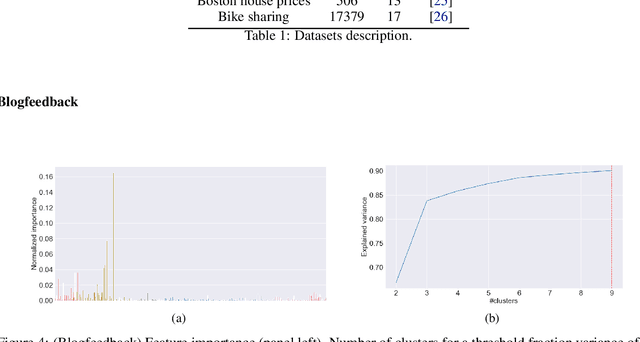
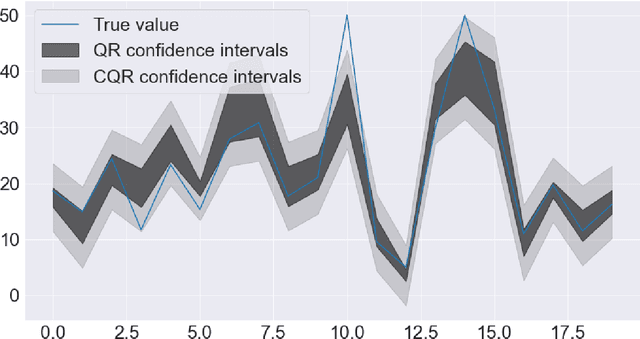

Abstract:Conformalized quantile regression is a procedure that inherits the advantages of conformal prediction and quantile regression. That is, we use quantile regression to estimate the true conditional quantile and then apply a conformal step on a calibration set to ensure marginal coverage. In this way, we get adaptive prediction intervals that account for heteroscedasticity. However, the aforementioned conformal step lacks adaptiveness as described in (Romano et al., 2019). To overcome this limitation, instead of applying a single conformal step after estimating conditional quantiles with quantile regression, we propose to cluster the explanatory variables weighted by their permutation importance with an optimized k-means and apply k conformal steps. To show that this improved version outperforms the classic version of conformalized quantile regression and is more adaptive to heteroscedasticity, we extensively compare the prediction intervals of both in open datasets.
Modeling Spatio-Temporal Dynamics in Brain Networks: A Comparison of Graph Neural Network Architectures
Dec 08, 2021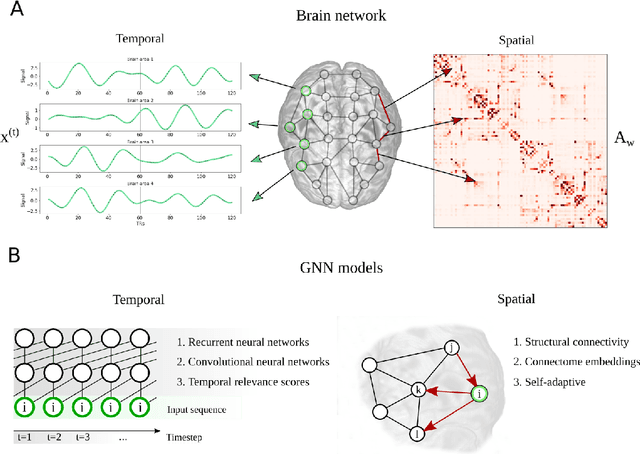

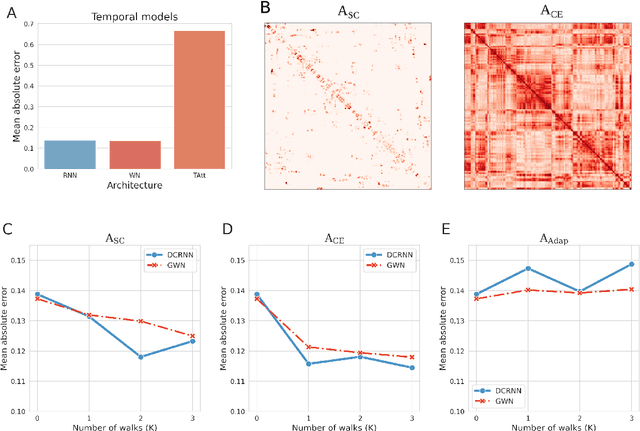

Abstract:Comprehending the interplay between spatial and temporal characteristics of neural dynamics can contribute to our understanding of information processing in the human brain. Graph neural networks (GNNs) provide a new possibility to interpret graph structured signals like those observed in complex brain networks. In our study we compare different spatio-temporal GNN architectures and study their ability to replicate neural activity distributions obtained in functional MRI (fMRI) studies. We evaluate the performance of the GNN models on a variety of scenarios in MRI studies and also compare it to a VAR model, which is currently predominantly used for directed functional connectivity analysis. We show that by learning localized functional interactions on the anatomical substrate, GNN based approaches are able to robustly scale to large network studies, even when available data are scarce. By including anatomical connectivity as the physical substrate for information propagation, such GNNs also provide a multimodal perspective on directed connectivity analysis, offering a novel possibility to investigate the spatio-temporal dynamics in brain networks.
A Graph Neural Network Framework for Causal Inference in Brain Networks
Oct 14, 2020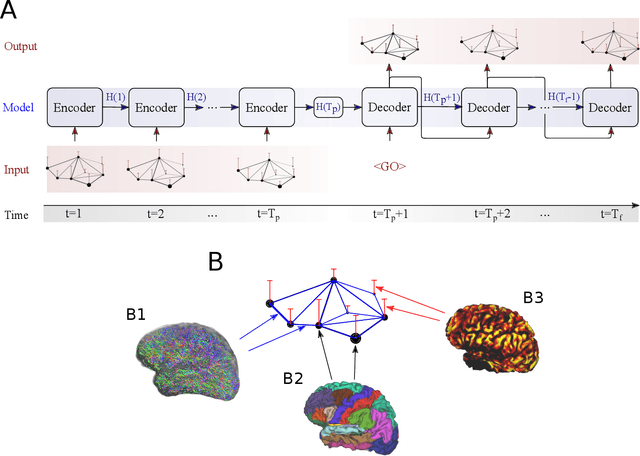

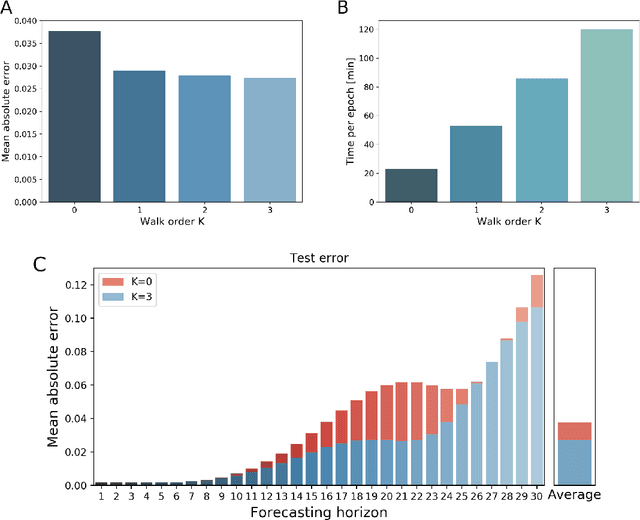
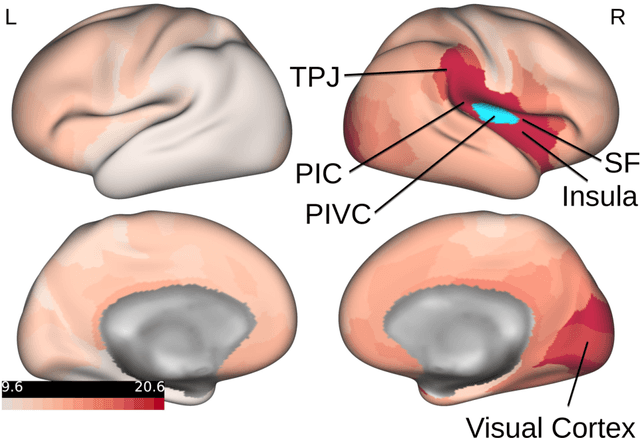
Abstract:A central question in neuroscience is how self-organizing dynamic interactions in the brain emerge on their relatively static structural backbone. Due to the complexity of spatial and temporal dependencies between different brain areas, fully comprehending the interplay between structure and function is still challenging and an area of intense research. In this paper we present a graph neural network (GNN) framework, to describe functional interactions based on the structural anatomical layout. A GNN allows us to process graph-structured spatio-temporal signals, providing a possibility to combine structural information derived from diffusion tensor imaging (DTI) with temporal neural activity profiles, like observed in functional magnetic resonance imaging (fMRI). Moreover, dynamic interactions between different brain regions learned by this data-driven approach can provide a multi-modal measure of causal connectivity strength. We assess the proposed model's accuracy by evaluating its capabilities to replicate empirically observed neural activation profiles, and compare the performance to those of a vector auto regression (VAR), like typically used in Granger causality. We show that GNNs are able to capture long-term dependencies in data and also computationally scale up to the analysis of large-scale networks. Finally we confirm that features learned by a GNN can generalize across MRI scanner types and acquisition protocols, by demonstrating that the performance on small datasets can be improved by pre-training the GNN on data from an earlier and different study. We conclude that the proposed multi-modal GNN framework can provide a novel perspective on the structure-function relationship in the brain. Therewith this approach can be promising for the characterization of the information flow in brain networks.
Decomposing Temperature Time Series with Non-Negative Matrix Factorization
Apr 03, 2019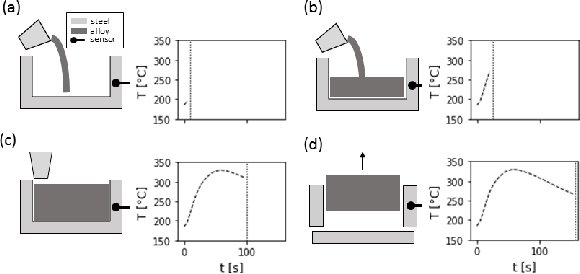
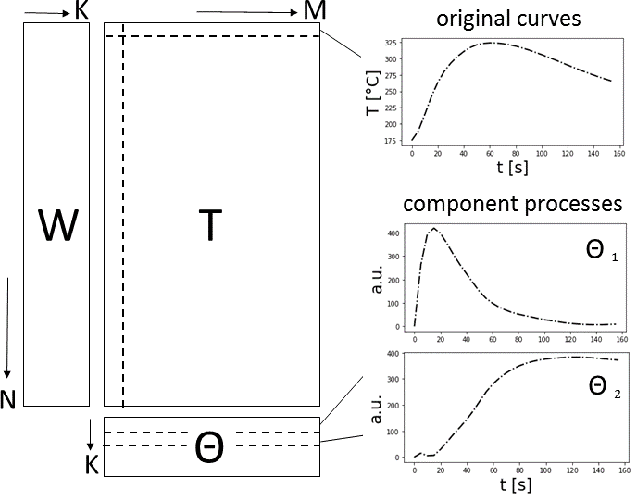
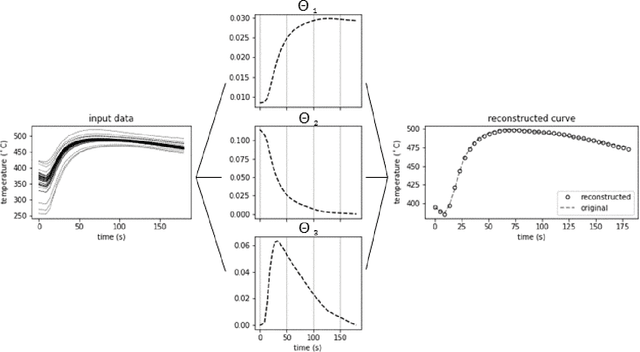

Abstract:During the fabrication of casting parts sensor data is typically automatically recorded and accumulated for process monitoring and defect diagnosis. As casting is a thermal process with many interacting process parameters, root cause analysis tends to be tedious and ineffective. We show how a decomposition based on non-negative matrix factorization (NMF), which is guided by a knowledge-based initialization strategy, is able to extract physical meaningful sources from temperature time series collected during a thermal manufacturing process. The approach assumes the time series to be generated by a superposition of several simultaneously acting component processes. NMF is able to reverse the superposition and to identify the hidden component processes. The latter can be linked to ongoing physical phenomena and process variables, which cannot be monitored directly. Our approach provides new insights into the underlying physics and offers a tool, which can assist in diagnosing defect causes. We demonstrate our method by applying it to real world data, collected in a foundry during the series production of casting parts for the automobile industry.
A constrained ICA-EMD Model for Group Level fMRI Analysis
Mar 22, 2019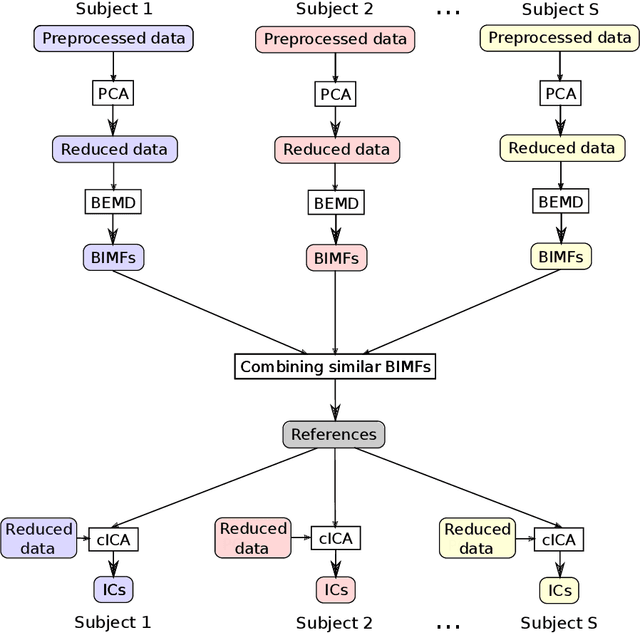
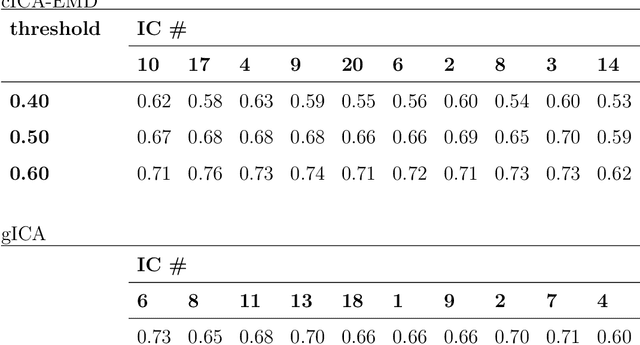


Abstract:Independent component analysis (ICA), as a data driven method, has shown to be a powerful tool for functional magnetic resonance imaging (fMRI) data analysis. One drawback of this multivariate approach is, that it is not compatible to the analysis of group data in general. Therefore various techniques have been proposed in order to overcome this limitation of ICA. In this paper a novel ICA-based work-flow for extracting resting state networks from fMRI group studies is proposed. An empirical mode decomposition (EMD) is used to generate reference signals in a data driven manner, which can be incorporated into a constrained version of ICA (cICA), what helps to eliminate the inherent ambiguities of ICA. The results of the proposed workflow are then compared to those obtained by a widely used group ICA approach for fMRI analysis. In this paper it is demonstrated that intrinsic modes, extracted by EMD, are suitable to serve as references for cICA to obtain typical resting state patterns, which are consistent over subjects. By introducing these reference signals into the ICA, our processing pipeline makes it transparent for the user, how comparable activity patterns across subjects emerge. This additionally allows adapting the trade-off between enforcing similarity across subjects and preserving individual subject features.
 Add to Chrome
Add to Chrome Add to Firefox
Add to Firefox Add to Edge
Add to Edge